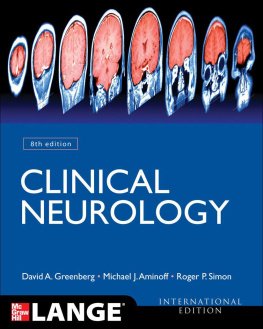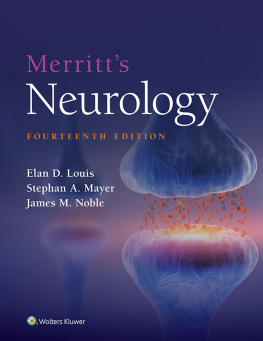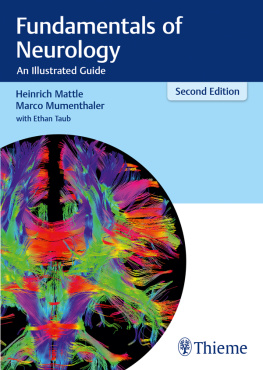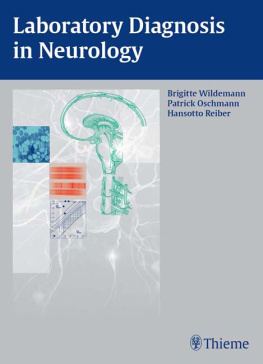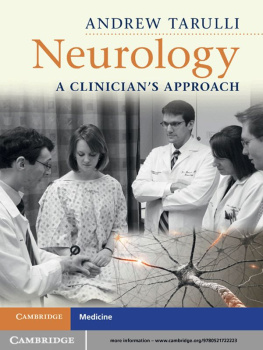

Copyright 2012, 2009, 2005, 2002 by The McGraw-Hill Companies, Inc. All rights reserved. Except as permitted under the United States Copyright Act of 1976, no part of this publication may be reproduced or distributed in any form or by any means, or stored in a database or retrieval system, without the prior written permission of the publisher.
ISBN: 978-0-07-176574-9
MHID: 0-07-176574-3.
The material in this eBook also appears in the print version of this title: ISBN: 978-0-07-175905-2, MHID: 0-07-175905-0.
All trademarks are trademarks of their respective owners. Rather than put a trademark symbol after every occurrence of a trademarked name, we use names in an editorial fashion only, and to the benefit of the trademark owner, with no intention of infringement of the trademark. Where such designations appear in this book, they have been printed with initial caps.
McGraw-Hill eBooks are available at special quantity discounts to use as premiums and sales promotions, or for use in corporate training programs. To contact a representative please e-mail us at bulksales@mcgraw-hill.com.
Notice
Medicine is an ever-changing science. As new research and clinical experience broaden our knowledge, changes in treatment and drug therapy are required. The authors and the publisher of this work have checked with sources believed to be reliable in their efforts to provide information that is complete and generally in accord with the standards accepted at the time of publication. However, in view of the possibility of human error changes in medical sciences, neither the editors nor the publisher nor any other party who has been involved in the preparation or publication of this work warrants that the information contained herein is in every respect accurate or complete, and they disclaim all responsibility for any errors or omissions or for the results obtained from use of the information contained in this work. Readers are encouraged to confirm the information contained herein with other sources. For example and in particular, readers are advised to check the product information sheet included in the package of each drug they plan to administer to be certain that the information contained in this work is accurate and that changes have not been made in the recommended dose or in the contraindications for administration. This recommendation is of particular importance in connection with new or infrequently used drugs.
TERMS OF USE
This is a copyrighted work and The McGraw-Hill Companies, Inc. (McGraw-Hill) and its licensors reserve all rights in and to the work. Use of this work is subject to these terms. Except as permitted under the Copyright Act of 1976 and the right to store and retrieve one copy of the work, you may not decompile, disassemble, reverse engineer, reproduce, modify, create derivative works based upon, transmit, distribute, disseminate, sell, publish or sublicense the work or any part of it without McGraw-Hills prior consent. You may use the work for your own noncommercial and personal use; any other use of the work is strictly prohibited. Your right to use the work may be terminated if you fail to comply with these terms.
THE WORK IS PROVIDED AS IS. McGRAW-HILL AND ITS LICENSORS MAKE NO GUARANTEES OR WARRANTIES AS TO THE ACCURACY, ADEQUACY OR COMPLETENESS OF OR RESULTS TO BE OBTAINED FROM USING THE WORK, INCLUDING ANY INFORMATION THAT CAN BE ACCESSED THROUGH THE WORK VIA HYPERLINK OR OTHERWISE, AND EXPRESSLY DISCLAIM ANY WARRANTY, EXPRESS OR IMPLIED, INCLUDING BUT NOT LIMITED TO IMPLIED WARRANTIES OF MERCHANTABILITY OR FITNESS FOR A PARTICULAR PURPOSE. McGraw-Hill and its licensors do not warrant or guarantee that the functions contained in the work will meet your requirements or that its operation will be uninterrupted or error free. Neither McGraw-Hill nor its licensors shall be liable to you or anyone else for any inaccuracy, error or omission, regardless of cause, in the work or for any damages resulting therefrom. McGraw-Hill has no responsibility for the content of any information accessed through the work. Under no circumstances shall McGraw-Hill and/or its licensors be liable for any indirect, incidental, special, punitive, consequential or similar damages that result from the use of or inability to use the work, even if any of them has been advised of the possibility of such damages. This limitation of liability shall apply to any claim or cause whatsoever whether such claim or cause arises in contract, tort or otherwise.
To our families
Contents
Preface
Clinical Neurology is intended to introduce medical students and house officers to the field of neurology and to serve them as a continuing resource in their work on the wards and in the clinics. This eighth edition reflects the books evolution over more than 20 years and is based on the authors clinical experience and teaching at a variety of institutions in the United States and United Kingdom.
The new edition has been extensively revised and thoroughly updated. Major changes include new introductory chapters on the neurologic history and examination and on laboratory investigations; state-of-the-art discussions of the molecular basis of Alzheimer disease and other dementias, spinocerebellar ataxias, motor neuron disease, muscular dystrophies, Parkinson disease, Huntington disease, multiple sclerosis, epilepsy, and stroke; and coverage of recent advances in the treatment of neurologic complications of general medical disorders, headache and facial pain, movement disorders, seizures, and cerebrovascular disease, among other conditions.
Not leastand probably most noticeableof the new features is the incorporation of full-color illustrations, which should help to clarify neuroanatomic principles, clinicalanatomic correlations, pathophysiologic mechanisms, and clinical signs.
Many of our colleagues have generously provided advice or material for this edition. In this regard we are especially grateful to Drs. Megan M. Burns, Allitia DiBernardo, Vanja Douglas, Alisa Gean, J. Handwerke, Rock Heyman, Justin Hill, Charles Jungreis, James Keane, Nancy J. Newman, and Howard Rowley. The staff at McGraw-Hill have been enormously helpful in the editing and production of this volume.
Finally, we hope that students, house officers, and other practitioners who read this book will find it helpful in demystifying and communicating the excitement of neurology.
David A. Greenberg
Michael J. Aminoff
Roger P. Simon
Novato, San Francisco, and Atlanta
May 2012
1
Neurologic History & Examination
A thorough but directed history and neurologic examination are the keys to neurologic diagnosis and treatment. Laboratory studies, discussed in , can provide valuable additional information, but cannot replace the history and exam.
HISTORY
Taking a history from a patient with a neurologic complaint is fundamentally the same as taking any history.
Age
The patients age can be a major clue to the likely causes of a neurologic problem. For example, epilepsy, multiple sclerosis, and Huntington disease usually have their onset by middle age, whereas Alzheimer disease, Parkinson disease, brain tumors, and stroke predominantly affect older individuals.
Chief Complaint
Next page
